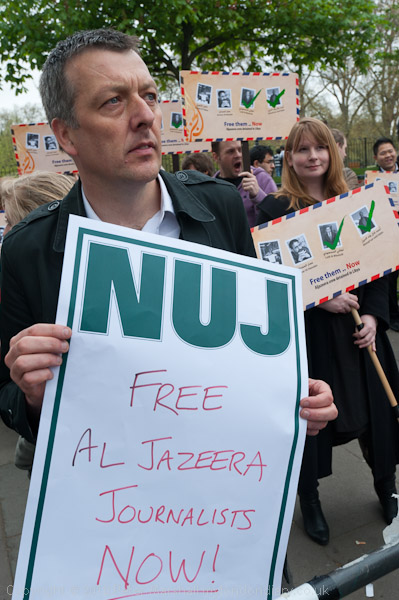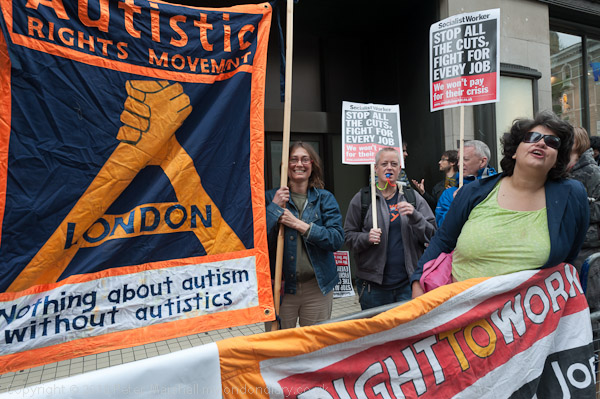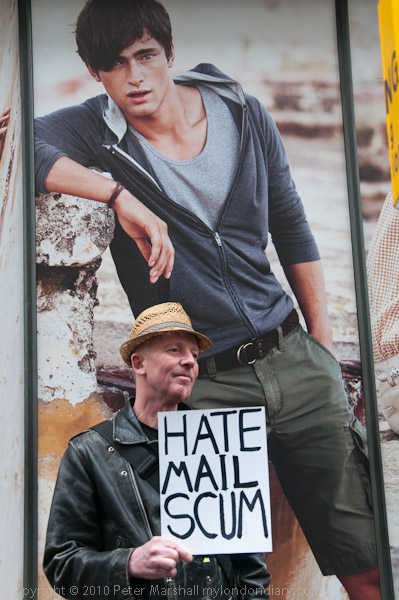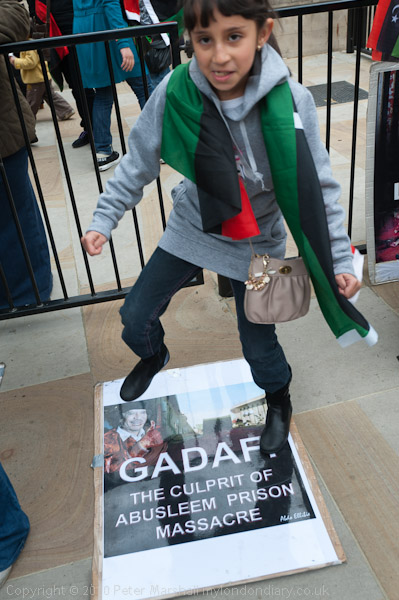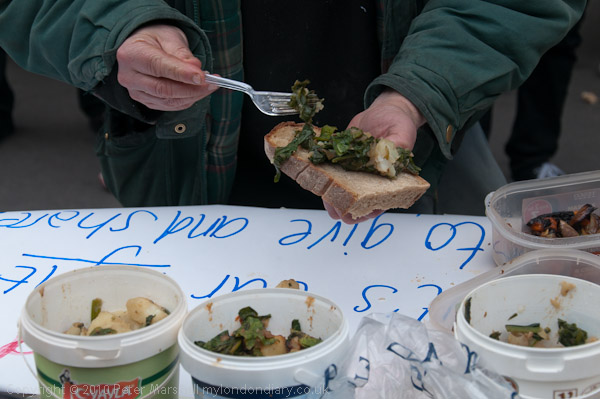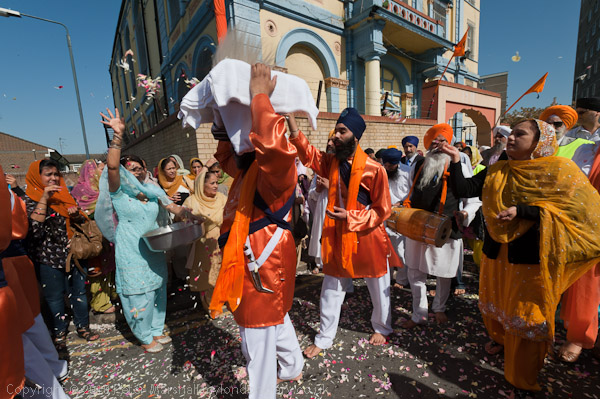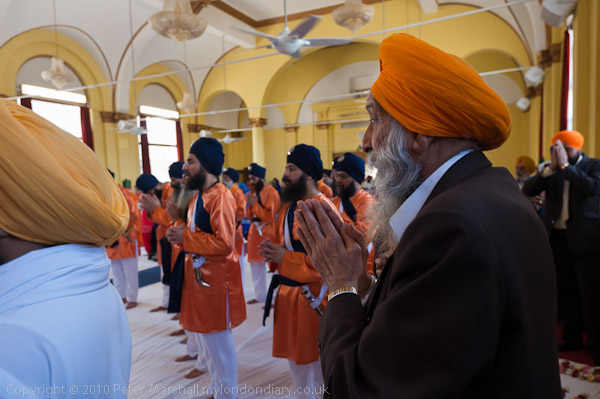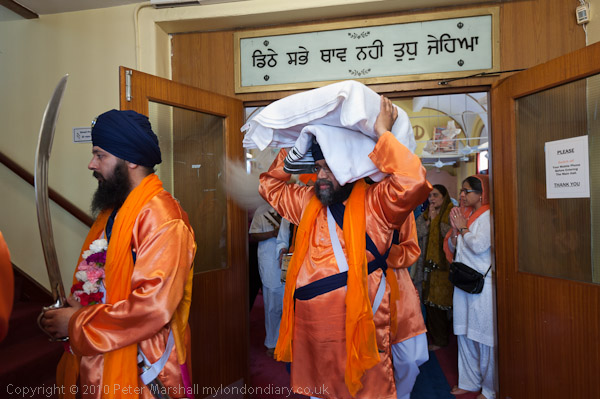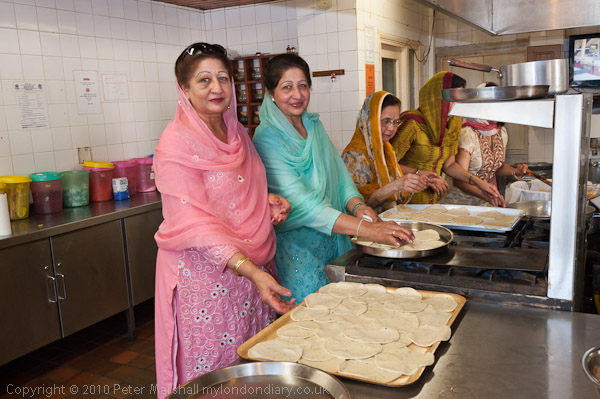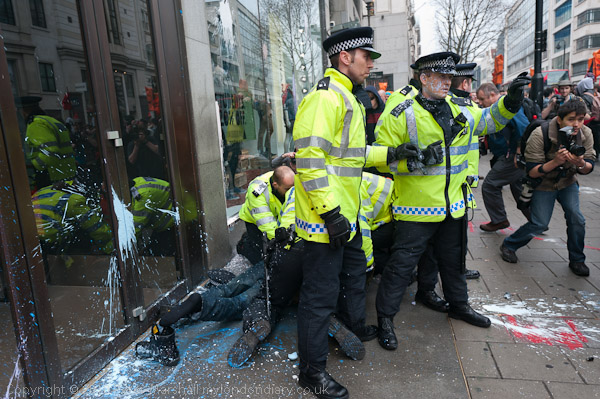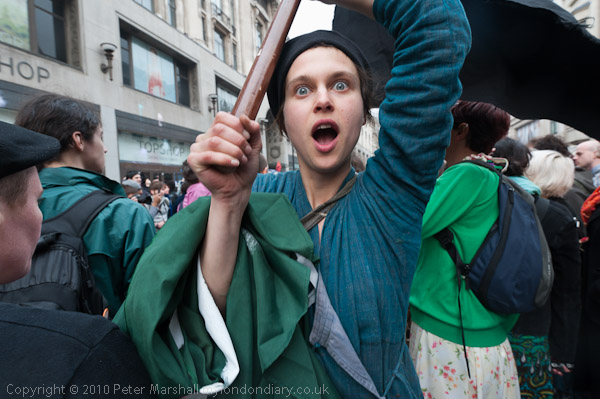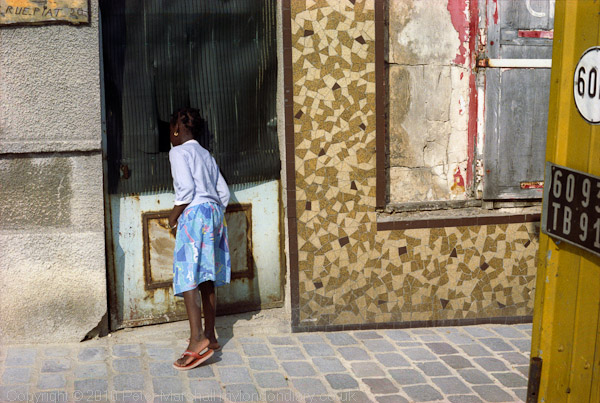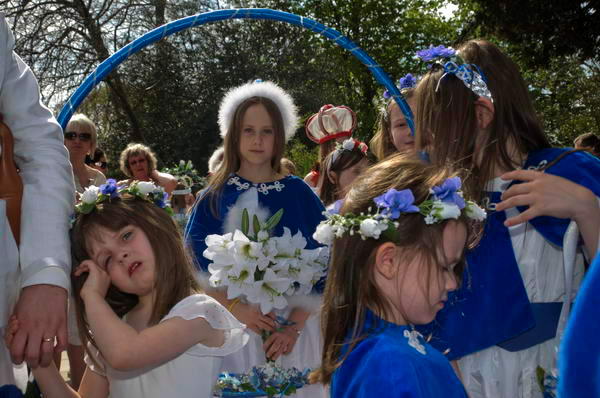Yesterday I finished the proof-reading of my latest book, ‘Still Occupied – A View of Hull’ and made it available on line, as well as buying a few copies myself. As before, it’s a Blurb book, and you can view it all in a preview on Blurb, along with my three previous books.
When I began the work on Hull, my main preoccupation was with the large swathes of the city that were being razed to the ground and re-built in huge clearance areas. It reminded me very much of Hulme and Moss Side in Manchester, through which I had walked ten or more years earlier, and where I had taken part in getting the people who were going to be rehoused to take a more active role in the planning process. Although we had lost the fight there – and the council went ahead with their instant slums, now mainly demolished – the kind of ideas and methods of involvement we were a part of did largely win the battle in the longer term. But Hull it seemed had yet to get the message.

The title for the exhibition – in the excellent Ferens Art Gallery in the centre of Hull in 1983 – came from a shop front with the two words ‘Still Occupied’ painted across its two front windows and again on its door. No longer in use as a shop, on the name board above the shop was its name – in inverted commas it read “Vogue” with a very large V. I liked the sense of humour and showed it on the corner of a grey street, short rows of terrace housing with gaps for terraces behind at right angles to the street typical of Hull, empty except for an elderly woman pulling her shopping trolley and a dog watching her, though these figures are probably too small to make out here.
I photographed the same shop in the Argyle St clearance area two years later, and if anything it had looked up slightly. There was a new lampost, a metal security gate across the doorway and a car parked in the street, and I’d stepped back slightly to show the whole of the front of the shop and its upstairs windows, but also to show the house to its right, empty and its windows covered with corrugated iron. You can also see this image, if rather small in the book and in the book preview, in which I’ve now decided to make the whole book viewable.
I think I’ve learnt a little from my earlier books in terms of design, although I’ve also run up against some of the limitations of the BookSmart software provided by Blurb. Having taken the decision to keep the pages looking cleaner by putting the list of locations at the back of the book, I found setting out the table of text for this was a lottery. Simply closing and opening the file could move text from one line to the next or from the bottom of one column to the top of the next. I came up against a few other minor limitations too, although its a simple program to use and works just fine for simpler books.
And although I can understand why Blurb decided not to let people produce PDF output from this software (though I imagine this is what it sends to Blurb) I find it frustrating to put the amount of effort that goes into making a book and not to have it available as a PDF. It also seems an unnecessary limitation to allow you to print out the book on your own printer but to then put a watermark stating ‘FOR PROOFING ONLY. PRINTED VIA BLURB.CO’ across each page.
To produce a printout of this book on my own printer in similar quality to Blurb would cost me between just over 40p and £1.50 per page for paper and inks, depending on my choice of paper. This is a 120 page book, so that adds up to somewhere between £50 and £180, surely enough to make the watermark unnecessary.

Still Occupied has around 275 pictures and I’ve tried to design the layouts so that almost all of the better pictures are printed to a decent size – between 6-8 inches longer dimension. The book itself is nominally 10×8″ landscape, which in practice works out at around 9.5 x 8″, and I like to keep the full image for all my pictures so the largest possible landscape image on a single page is around 9″ and for a portrait format around 7.5″, but I like a little more white space. I actually saw these images – most of which are uncropped – very much as small prints, and in the original show they were mainly much the same size as in the book, although framed in larger frames in groups of two or four.
Still Occupied is on sale from Blurb at £24.99, though carriage adds to that. Blurb is unfortunately too expensive for me to hope for good sales of this book, or to make it available through bookshops or galleries. They do offer some discounts for quantities, but still not enough to sell the book at any reasonable price. If I wanted to do so I would need to be thinking in terms of printing several thousand copies at a time, and spending thousands of pounds, and probably ending up with boxes of unsold books in my loft, which is already too full of junk.
Some people have called this book or the earlier show ‘gloomy’ but I don’t really think that is fair. Some of the pictures are gloomy, and back in the late 70s and early 80s many of us printed rather dark, making use of the lustrous blacks that were achievable with the old Record Rapid, and although Blurb can’t match that, some of the printed images still reflect that kind of mood.

As well as Hull itself there are a few pictures taken around, with a chapter on the Humber, including images on and from the old Humber Ferry and a few from the ‘other side’, New Holland. I’ve also included a final chapter on pictures taken on my first visit to Goole, a short train ride away from Hull.
I haven’t yet taken the plunge and bought an ISBN batch to put on the books, but I still intend to at some time. And I’m still hoping that Blurb will start to support the open source Scribus DTP package as well as the expensive Adobe InDesign. People have managed to use Scribus with Blurb, but it does appear at the moment to be a slightly tricky business.
The advantage of using a DTP package compared to BookSmart, apart from proper control over text, is that it generates a PDF file, and apart from being able to use this in presentation, it would be possible to make the work available to people in this format (and possibly even to charge for it.) Some online print services do actually sell PDFs by download but unfortunately Blurb doesn’t offer this option. But with the book market increasingly moving over to reading on electronic devices perhaps this will change.
